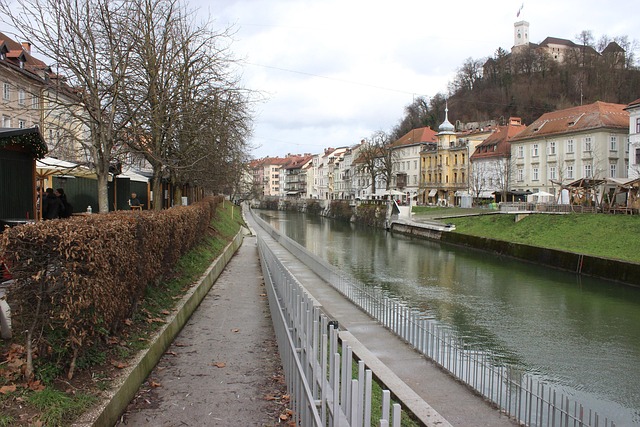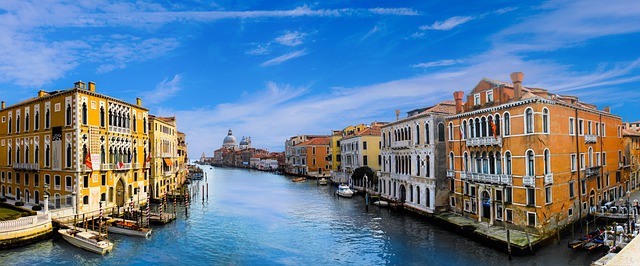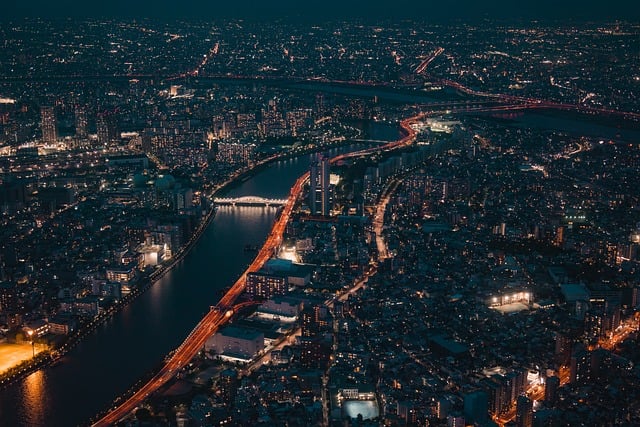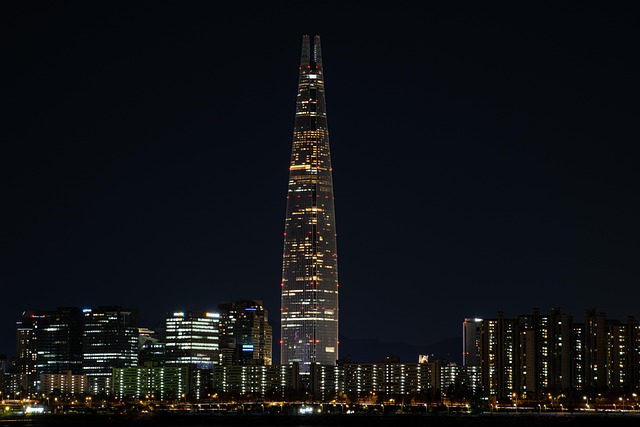Karachi, Pakistan's economic hub, faces significant challenges in providing stable water supplies, particularly in Shahra-e-Qaideen, due to rapid urban growth and changing climate. Complex geography, outdated infrastructure, insufficient storage, and limited clean water sources strain the existing system. The city relies on the Indus River, canal networks, groundwater, and treated sewage water for its water supply. However, aging pipes, leaks, and inadequate maintenance lead to inefficient distribution. Urgent action is needed, focusing on smart technologies, recycling plants, desalination, renewable energy (solar-powered pumps), and eco-friendly irrigation to enhance infrastructure, reduce environmental impact, and secure sustainable water access for Karachi's expanding population.
Exploring water supply in Karachi’s vibrant yet challenged neighborhood, Shahra-e-Qaideen, this article delves into the intricate web of its current and future needs. From understanding the unique challenges that residents face daily to examining key water sources, we uncover the limitations of existing infrastructure. We then explore innovative solutions for sustainable water management, highlighting potential game changers in Karachi’s ever-evolving urban landscape.
- Understanding Water Supply Challenges in Karachi's Shahra-e-Qaideen
- Key Water Sources Serving the Area
- Current Infrastructure and Its Limitations
- Future Solutions for Sustainable Water Management
Understanding Water Supply Challenges in Karachi's Shahra-e-Qaideen

Karachi, as one of Pakistan’s largest and most vibrant cities, faces unique challenges in maintaining a stable water supply, especially in areas like Shahra-e-Qaideen. The rapid urban growth has put immense pressure on existing infrastructure, leading to frequent water shortages and uneven distribution. This issue is further exacerbated by the ever-changing climate patterns, which result in unpredictable rainfall and prolonged droughts, causing significant strain on the city’s water resources.
The complex geography of Shahra-e-Qaideen adds another layer of difficulty. The area’s diverse terrain makes it challenging to construct and maintain efficient water distribution networks. Old pipelines, inadequate storage facilities, and limited access to clean water sources contribute to the daily struggles of residents. Understanding these challenges is crucial in developing sustainable solutions to ensure a reliable water supply for Karachi’s ever-growing population, especially in areas like Shahra-e-Qaideen that are at the forefront of these issues.
Key Water Sources Serving the Area

The water supply in Karachi, particularly in areas like Shahra-e-Qaideen, relies on a diverse range of key sources to meet the city’s growing needs. The primary source is the Indus River, which provides raw water through various canals and distribution networks. These canals play a crucial role in transporting water from the river to residential, commercial, and industrial areas across the metropolis.
Additionally, Karachi benefits from groundwater resources, with numerous deep tube wells scattered throughout the region. This local aquifer is a significant backup during times of scarcity or emergencies. The city’s water supply authority also utilizes treated sewage water for non-potable purposes, employing advanced filtration and purification techniques to ensure its safety for irrigation and certain industrial processes. Such sustainable practices are essential given Karachi’s population growth and the ever-increasing demand for clean water in this vibrant metropolis.
Current Infrastructure and Its Limitations

Karachi, Pakistan’s economic powerhouse, faces a significant challenge in ensuring equitable access to clean water for its residents, particularly in areas like Shahra-e-Qaideen. The current water supply infrastructure, while substantial, is not without limitations. Despite numerous efforts to upgrade and expand the network, aging pipes, leaks, and inadequate maintenance have led to inefficient distribution, leaving many neighborhoods struggling with inconsistent water flow and regular shortages.
These issues are further exacerbated by the rapid urbanization of Karachi, which puts immense pressure on the existing resources. The limited capacity of water treatment plants and the lack of integrated management strategies contribute to water scarcity during peak periods. Therefore, addressing these constraints is crucial for the sustainable development of the city, especially as Karachi navigates the challenges of a growing population and changing climate.
Future Solutions for Sustainable Water Management

As Karachi faces increasing water scarcity and mismanagement issues, exploring sustainable solutions is more crucial than ever. Future strategies should focus on enhancing water infrastructure to ensure efficient distribution and storage. Implementing advanced technologies like smart meters, water recycling plants, and desalination units can significantly boost the city’s water supply. These measures, combined with public awareness campaigns, will promote responsible water usage and conservation.
Additionally, integrating renewable energy sources into water management systems is a promising approach. Solar-powered pumps and eco-friendly irrigation techniques can reduce carbon footprints while providing stable water access for residents and agricultural purposes. By adopting these innovative methods, Karachi can move towards a more sustainable and resilient future, ensuring clean water availability for generations to come.
Karachi’s Shahra-e-Qaideen faces significant water supply challenges, exacerbated by the city’s rapid growth. By understanding the current situation, identifying key water sources, recognizing infrastructure limitations, and exploring future solutions like sustainable management practices, we can work towards a more resilient and equitable water supply for all residents. In light of these findings, it’s crucial to act now to ensure a prosperous and thriving Karachi in the years to come.



